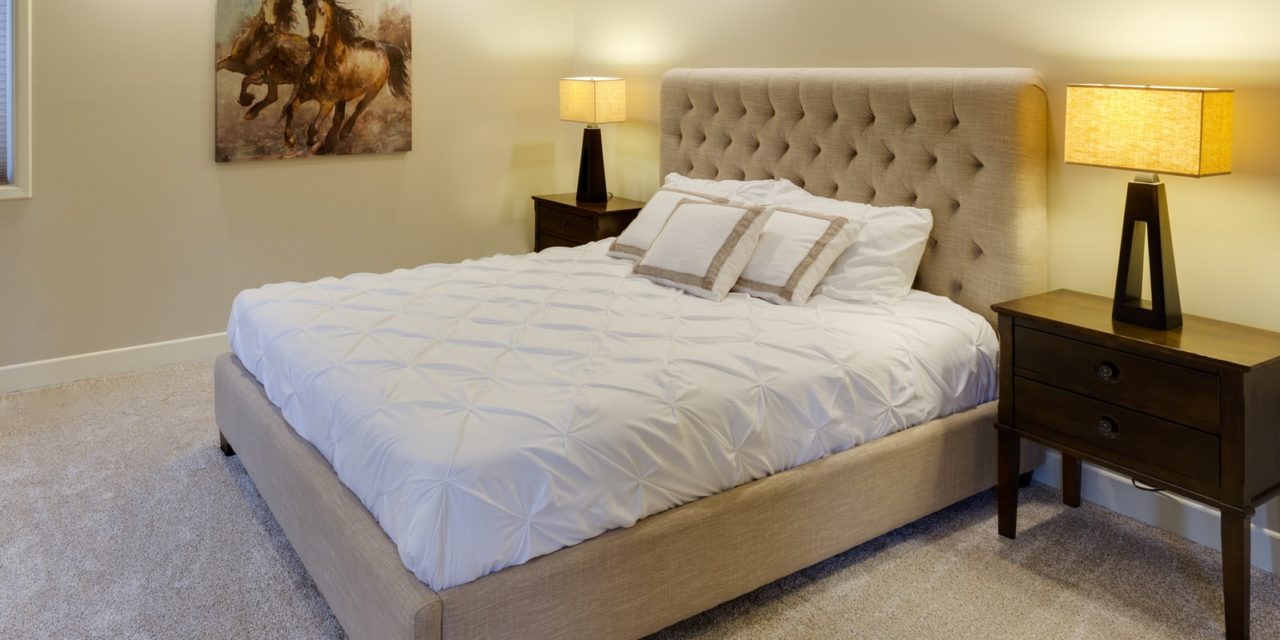[ad_1]
If you have back pain, you may have problems getting a good night's sleep. You can prevent sleep problems by choosing a bed that provides good support and sleeping a position that allows your back to stay in the neutral position. If sleep problems occur, here are few simple tips that can help you to re-establish your natural sleep pattern.
You should sleep on a bed that is firm and that does not sag, but it should be soft enough to allow the heavier parts of your body to sink in slightly, giving support to your lower back. When buying a new mattress, purchase a firm or medium-firm style. Be sure to try it out for a few minutes in the store before purchasing it because some mattresses can be too firm for comfort. A mattress that is too firm may not let your shoulders and hips to sink down at all, which puts more strain on your back.
If your bed is too soft, you could simply try sleeping on blankets or a firm foam pad on the floor. Or you could put a bed board between the mattress and box springs of your bed. The board should be long enough to support you from the shoulders to the knees. A bed board will not completely correct a badly sagging mattress, but in most cases, it can help a great deal. Beds such as captain's beds and platform beds do not require box springs and do not benefit from a bed board because the surface under the mattress is already rigid. Waterbeds and the air beds can give sufficient back support if filled properly.
Proper resting and sleeping positions are important to prevent increased pain. When reading, watching television, or otherwise reclining in bed, use a wedge-shaped pillow to support your back, neck, and head. Wedges can be purchased at shops that sell bedding or foam rubber. You can mimic the effect by piling a cascade of pillows that slopes down from the headboard to your lower back.
While sleeping, you will probably be most comfortable if you lie on your back or on your side instead of your stomach. When you lie on your back, you may be more comfortable if you put a small pillow under your lower back for support. Sometimes a few pillows under the knees can be helpful as well. If you sleep on your side, put a pillow under your waist and a pillow or two between your legs to keep your spine and hips in normal alignment. You may find that lying on your stomach is uncomfortable because your back is tight and inflexible. If you want to try sleeping in that position anyway, put a pillow or two under your stomach. You may find this position to be surprisingly comfortable.
Rolling over in bed does not have to be painful if you use good body mechanics. Strive to keep your body as straight as possible from your neck to your hips, and move your entire torso as one unit. Do this by bending your knees and placing your hands on your thighs. Then roll over, moving your shoulders, back, hips, and knees together.
[ad_2]
Source by Raymond Geok Seng Lee


